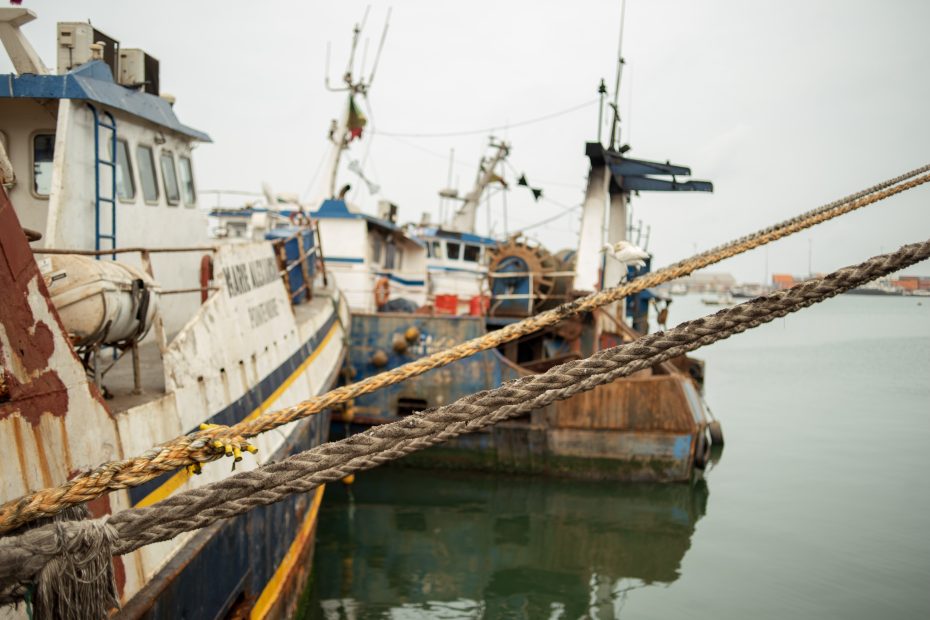Table of Contents
Introduction
The Democratic Republic of Congo (DR Congo) is home to a vibrant culture showcasing the country’s diversity and rich heritage. With hundreds of ethnic groups, each with their own artistic traditions, DR Congo presents a colorful mosaic of cultural practices. From soukous music to magnificent masks, the country provides fascinating insights into the history and traditions of Central Africa. Join us on a journey through some of the cultural marvels of DR Congo.
Diverse Ethnic Groups
With over 200 ethnic groups, DR Congo demonstrates incredible cultural diversity. Groups like the Mongo, Luba, and Bakongo have maintained unique cultural identities through artistic traditions, clothing, rituals, and language. For instance, the Mangbetu women are known for styling their hair into fantastic shapes and decorating their faces with white paint. This diversity has created a multi-faceted cultural identity for the Congolese.
Vibrant Music Scene
DR Congo is renowned globally for its vibrant music scene which encapsulates the energy and rhythm of the country. Soukous, a high-tempo dance music, evolved in the urban centers of Congo, combining Cuban rumba with traditional Congolese rhythms. The popular musical style ndombolo also emerged in DR Congo, characterized by its festive rhythm and credentials as party music. Music is central to cultural life here, with sounds of drums, xylophones, thumb pianos, and other traditional instruments filling the streets.
Distinct Cuisine
Congolese cuisine beautifully represents the diversity of the landscape and people. Staples like funge (cassava paste) and fufu (pounded cassava) are served with hearty stews and sauces. The classic Poulet Moambé, a spicy chicken and palm butter stew, is a favorite across the nation. The cuisine also has plenty of options for vegetarians, like saka-saka, a stew made with cassava leaves and peanut sauce. Meals are often communal, with diners gathering around a shared dish.
Artistic Traditions
DR Congo is renowned for its artistry, craftsmanship, and eye for detail evident in various art forms. Intricately carved masks and statues hold deep spiritual symbolism. Vibrant paintings by contemporary artists depict daily life and landscapes. Colorful fabrics tie-dyed with beautiful patterns also represent cultural pride. These artistic traditions continue to be passed down through generations.
Languages
With French and Lingala as the official languages, DR Congo is also home to over 200 indigenous languages. Kikongo, Tshiluba, Lingala and Swahili are widely spoken across different regions. This linguistic diversity shows the country’s ethnic richness. Most people speak at least two or three languages, making DR Congo one of the most multi-lingual countries in Africa.
Religion
Various religions co-exist in DR Congo, with most people following Christianity or Islam. However, many traditional indigenous beliefs are also practiced, where ancestors, spirits and deities are venerated. Religious diversity is generally well accepted. Churches and mosques stand alongside shrines, with many merging indigenous rituals with other faiths.
Architecture
From the large chief’s palaces decorated with intricate patterns to circular hut villages, DR Congo’s architecture reflects both local traditions and colonial influence. In urban centers, stately colonial buildings with terracotta roofs contrast with modern glass skyscrapers. rural homes are often made of mud bricks with thatch or tin roofs. These structures demonstrate the diversity of architectural styles.
Festivals
Numerous festivals allow Congolese artists, musicians, performers to showcase their talent while providing livelihoods. The country’s biggest musical event is the annual Fête de la Musique held in Kinshasa every June. The capital also hosts the Festival Panafricain de Musique ever two years, inviting artists from across Africa. In Bandundu, the energetic N’Sangu Ndji-Ndji festival brings together brilliantly costumed dancers.
Natural Wonders
Beyond its cultural wealth, DR Congo is endowed with stunning natural beauty like the Virunga National Park, known for mountain gorillas, and the Okapi Wildlife Reserve which protects the rare okapi. These sites provide opportunities to experience Congo’s abundant wildlife firsthand.
Conclusion
From rhythmic music that brings people together to the glorious handicrafts representing ancestral traditions, DR Congo’s cultural marvels showcase an indigenous heritage passed down through generations. Its vibrant traditions and talented artisans continue to preserve the country’s identity. With support and promotion, Congo’s cultural vibrancy can shine on the global stage.
FAQs
-
What are the major ethnic groups in DR Congo?
Some of the main ethnic groups are the Kongo, Mongo, Luba, and Mangbetu, each with distinct cultural practices. DRC has over 200 ethnic groups. -
What traditional Congolese instruments are used in their music?
Thumb pianos, drums, xylophones, and horns are some commonly used traditional instruments. The guitar and other western instruments have also been seamlessly blended into modern Congolese music. -
What fabrics and textiles are significant in DR Congo?
Colorful fabrics tie-dyed with striking patterns called pagnes are culturally important. Raffia, bark cloth, and Kuba cloths are also traditionally made and used for clothing here. -
How has religion amalgamated with indigenous beliefs in DR Congo?
Many Congolese who follow Christianity or Islam also incorporate ancestral rituals and maintain spiritual practices like venerating deities, combining indigenous and mainstream faiths. -
WhichCongolese festivals showcase their vibrant culture?
Fête de la Musique in Kinshasa and Festival Panafricain de Musique are major musical festivals while the N’Sangu Ndji-Ndji festival highlights energetic costumed dances.
